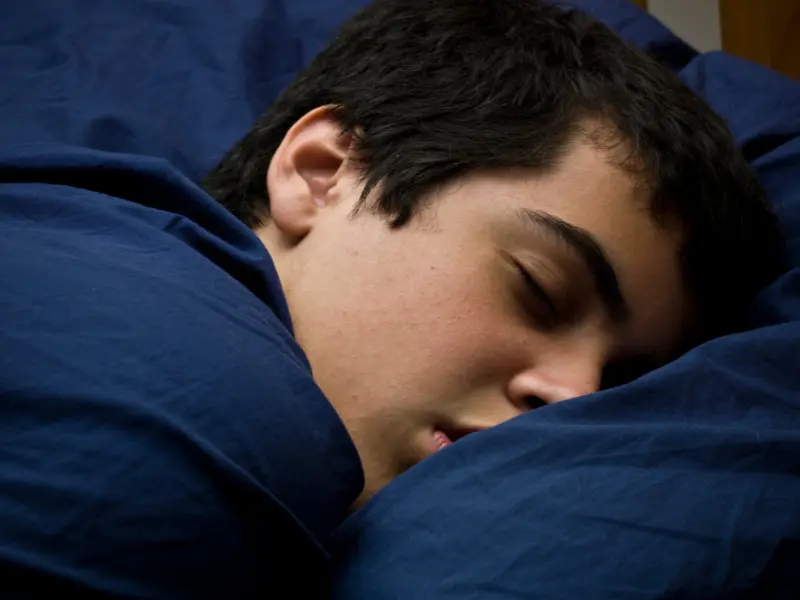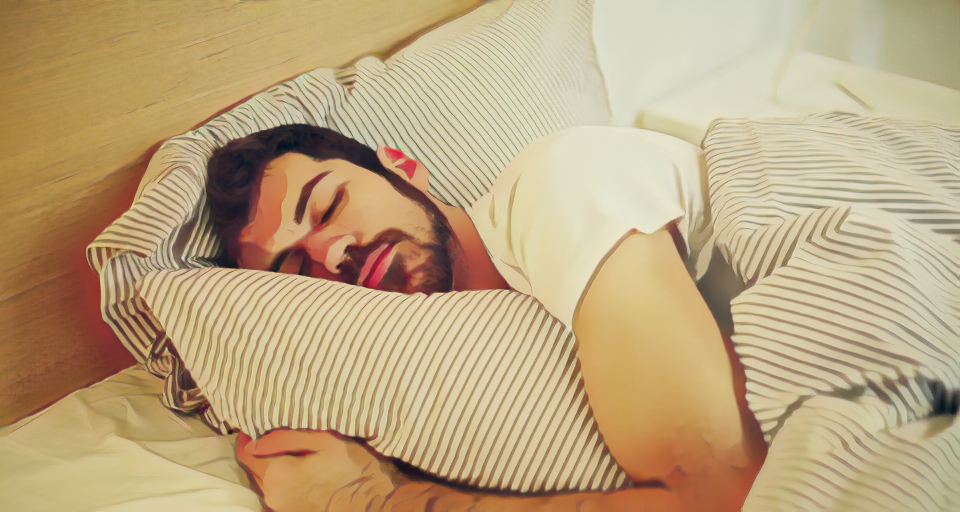
Understanding sleep disorder issues can be the first step toward better nights and brighter days. Whether it’s insomnia, sleep apnea, or restless leg syndrome, recognizing the symptoms is crucial for getting help. Let’s delve into the world of sleep disorders—exploring what they are, their signs and causes, as well as effective treatments to reclaim your restful slumber. Your journey towards peaceful nights starts here!
Understanding Sleep Disorders
Sleep disorders encompass a range of conditions that interfere with the ability to sleep well. These disturbances can affect how long you sleep, how deeply you rest, and even your overall health.
Many factors contribute to these disorders. Stress, lifestyle choices, and underlying medical issues can all play a role. When sleep is disrupted repeatedly, it can lead to significant daytime fatigue and cognitive challenges.
Understanding these disorders is vital for effective treatment. Each type presents unique characteristics and symptoms that require specific approaches for management. The more we learn about our sleeping patterns, the better equipped we are to address any problems that arise.
Awareness is key in recognizing when something isn’t quite right with your sleep habits. By paying attention to your body’s signals, you can take proactive steps toward achieving restorative slumber once again.
Common Types of Sleep Disorders
Sleep disorders come in various forms, each affecting individuals differently. Insomnia is one of the most common types. Those who struggle with insomnia often find it difficult to fall asleep or stay asleep. This leads to fatigue and irritability during the day.
Another prevalent disorder is sleep apnea. People with this condition experience interruptions in their breathing while sleeping, resulting in frequent awakenings throughout the night. The effects can be severe, including daytime drowsiness and difficulty concentrating.
Restless legs syndrome (RLS) presents another challenge for many. Individuals feel an overwhelming urge to move their legs, particularly at night, making it tough to relax and enjoy a good night’s rest.
Narcolepsy is less common but equally disruptive. Characterized by sudden sleep attacks, people may find themselves dozing off unexpectedly at inappropriate times.
These different types highlight just how varied sleep disturbances can be, impacting lives in distinct ways.
Symptoms and Warning Signs
Sleep disorders can manifest in various ways, often disrupting daily life. One key symptom is persistent fatigue. If you find yourself struggling to stay awake during the day, it’s a sign something might be wrong.
Another common warning sign is difficulty concentrating. Sleep deprivation affects cognitive functions, making it hard to focus on tasks or remember details.
Frequent snoring or gasping for air during sleep may indicate obstructive sleep apnea. This condition interrupts your breathing and disrupts restorative sleep cycles.
Mood changes are also significant indicators. Increased irritability or anxiety could result from inadequate rest over time.
If you notice restless legs at night or an urge to move them while trying to sleep, that could signal a movement disorder related to your sleep patterns. Understanding these symptoms can lead you toward seeking appropriate help and improving your quality of life.
Causes of Sleep Disorders
Sleep disorders can stem from various sources. Stress and anxiety often play significant roles, making it hard for individuals to relax. When the mind is racing, restful sleep seems elusive.
Physical health issues also contribute greatly. Conditions like asthma or arthritis can disrupt sleep patterns due to discomfort or breathing difficulties during the night.
Hormonal changes are another key factor, especially in women during pregnancy or menopause. These fluctuations can lead to insomnia or restless nights.
Environmental factors shouldn’t be overlooked either. Noise, light exposure, and uncomfortable temperatures create an unsuitable sleeping environment.
Lifestyle choices impact sleep quality as well. Irregular sleeping schedules and excessive screen time before bed interfere with the body’s natural rhythms and make falling asleep more challenging.
Diagnosis and Treatment Options
When it comes to diagnosing sleep disorders, the process often begins with a detailed medical history. Your healthcare provider will ask about your sleep patterns, lifestyle habits, and any underlying health issues. Keeping a sleep diary can be helpful in providing accurate information.
Once initial assessments are complete, specialists may recommend a sleep study. This overnight test monitors various bodily functions during sleep, helping pinpoint specific disorders such as apnea or narcolepsy.
Treatment options vary based on the type of disorder diagnosed. Cognitive Behavioral Therapy for Insomnia (CBT-I) is effective for many people struggling with chronic insomnia. Other treatments might include medications or devices like CPAP machines for obstructive sleep apnea.
It’s essential to work closely with healthcare professionals to find an approach tailored to individual needs. Open communication ensures that adjustments can be made as necessary throughout the treatment journey.
Lifestyle Changes to Improve Sleep
Making small lifestyle changes can significantly enhance your sleep quality. Start by establishing a consistent sleep schedule. Going to bed and waking up at the same time each day helps regulate your body’s internal clock.
Creating a calming bedtime routine is also beneficial. Engage in relaxing activities before sleep, such as reading or gentle stretching. This signals to your body that it’s time to unwind.
Consider your sleep environment too. A dark, cool room can promote better rest. Invest in comfortable bedding and minimize noise disruptions for an optimal atmosphere.
Mindful eating plays a role as well. Avoid heavy meals close to bedtime, opting instead for light snacks if you’re hungry.
Limit screen time in the evening; blue light from devices can interfere with melatonin production and disrupt your ability to fall asleep easily. Prioritizing these simple changes may lead you toward more restful nights ahead.
Coping with Sleep Disorders: Tips and Tricks
Coping with sleep disorders can feel daunting, but there are practical steps you can take to manage your symptoms and improve your quality of life. Start by creating a bedtime routine that signals to your body it’s time to wind down. This could include dimming the lights, reading a book, or practicing relaxation techniques.
Consider keeping a sleep diary. Jotting down when you go to bed, wake up, and any disturbances during the night can help identify patterns or triggers affecting your rest. Additionally, ensure your sleeping environment is conducive to good sleep; keep it dark, quiet, and comfortably cool.
Mindfulness practices such as meditation or deep breathing exercises before bed may also aid in reducing anxiety and promoting relaxation. Regular physical activity during the day can enhance nighttime sleep too—just be sure not to exercise right before hitting the hay.
Don’t hesitate to seek support from friends or professionals who understand what you’re going through. Sometimes just talking about your experiences can relieve stress and foster connections with others facing similar challenges.
Finding effective coping strategies takes time and experimentation. Be patient with yourself as you create an approach tailored specifically for you.









